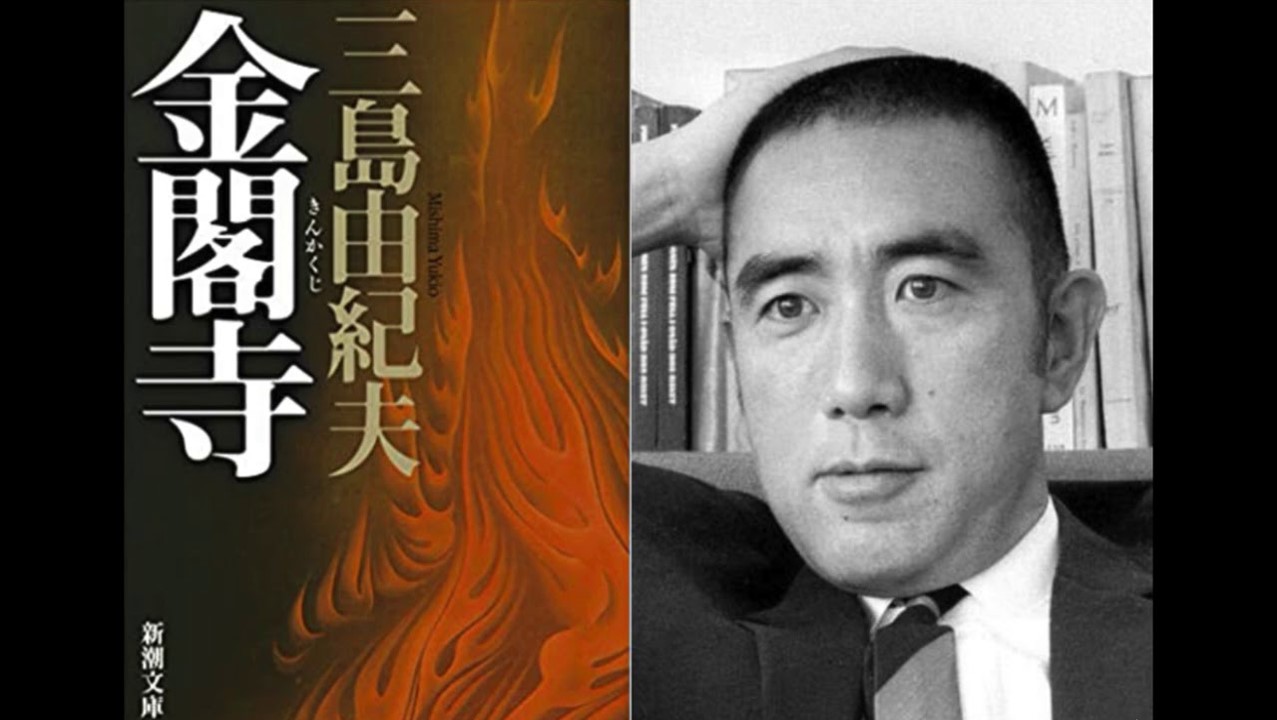Kinkakuji Temple is a very popular spot in Kyoto. The temple was ranked an impressive second in the “2023 Traveler’s Choice Best of the Best Activities” list. Its gorgeous, gold-leaf-covered Shariden (Reliquary Hall) overwhelms visitors with its beauty. As a Japanese, you must have visited there at least once, as it is always included in the program for school excursions. However, the Kinkakuji Temple, which is spectacular in both name and reality, has a sombre past, having been destroyed by arson by a monk. The present Kinkakuji was actually reconstructed. And the man who wrote the novel about the arsonist was Yukio Mishima, one of the world’s greatest genius writers.
In this issue, from the viewpoint of “beauty,” we will look at the other face of the World Heritage site, Kinkakuji Temple, and the uniqueness of Yukio Mishima as a writer, to get a closer look at the real image of a man named Kimitake Hiraoka (Yukio Mishima’s real name). *Please note that this blog is quite niche in terms of literature…
If you can understand all the contents, you are quite a Japanophile!
Brief Introduction to Kinkakuji Temple
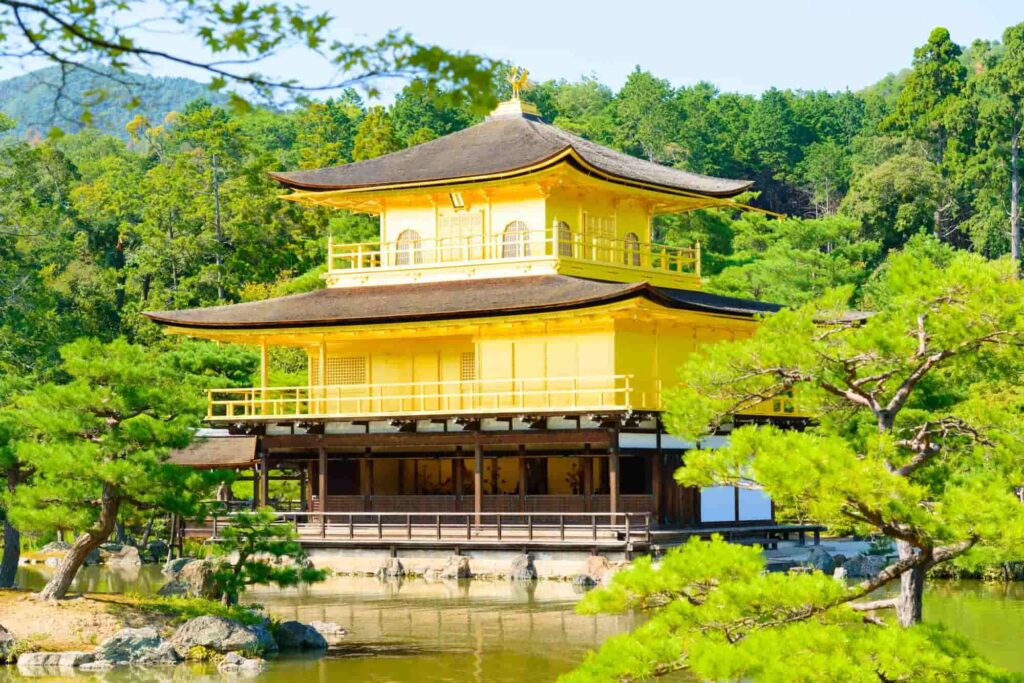
Kinkakuji Temple is officially called “Rokuonji Temple.
It is a temple of the Shokokuji school of the Rinzai sect, located in Kinkakuji-cho, Kita-ku, Kyoto City, and is commonly known as Kinkakuji because of the gold leaf on the inside and outside of the building, which is a Shariden.
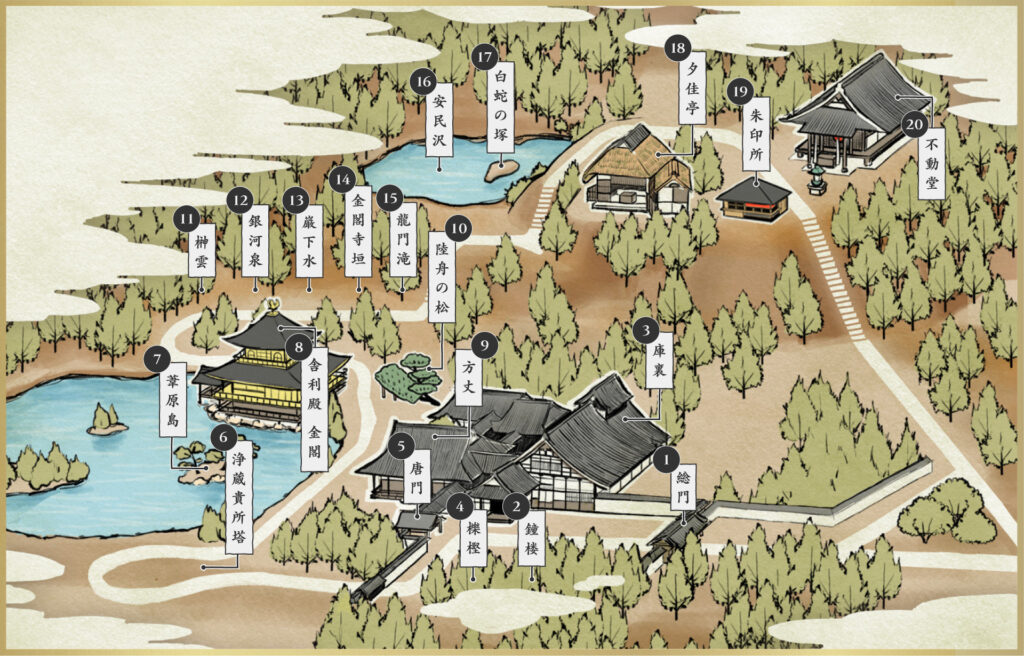
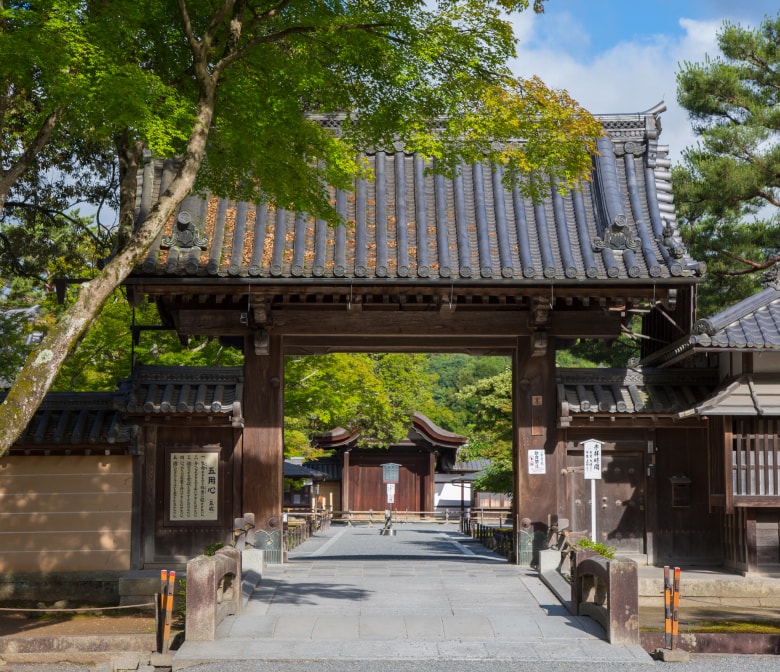
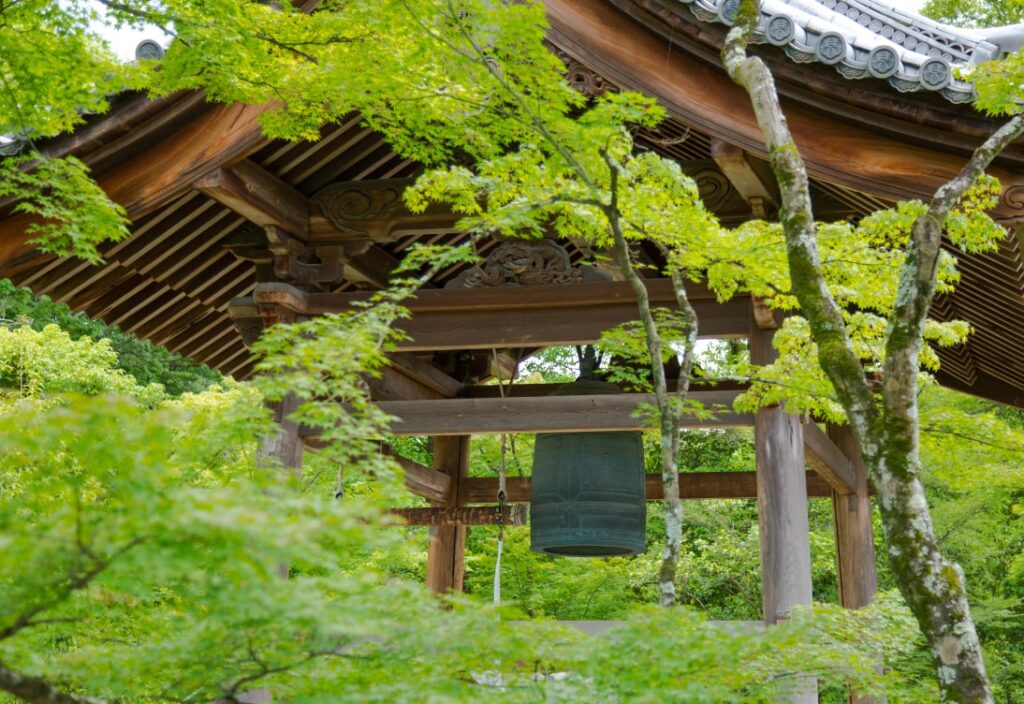
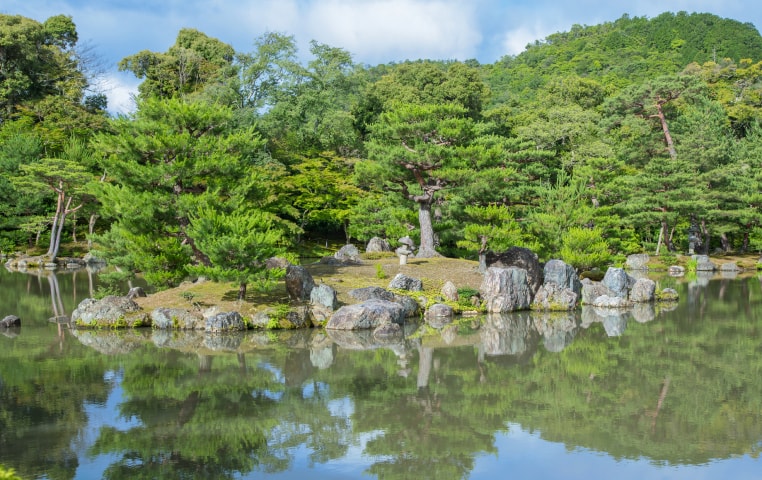
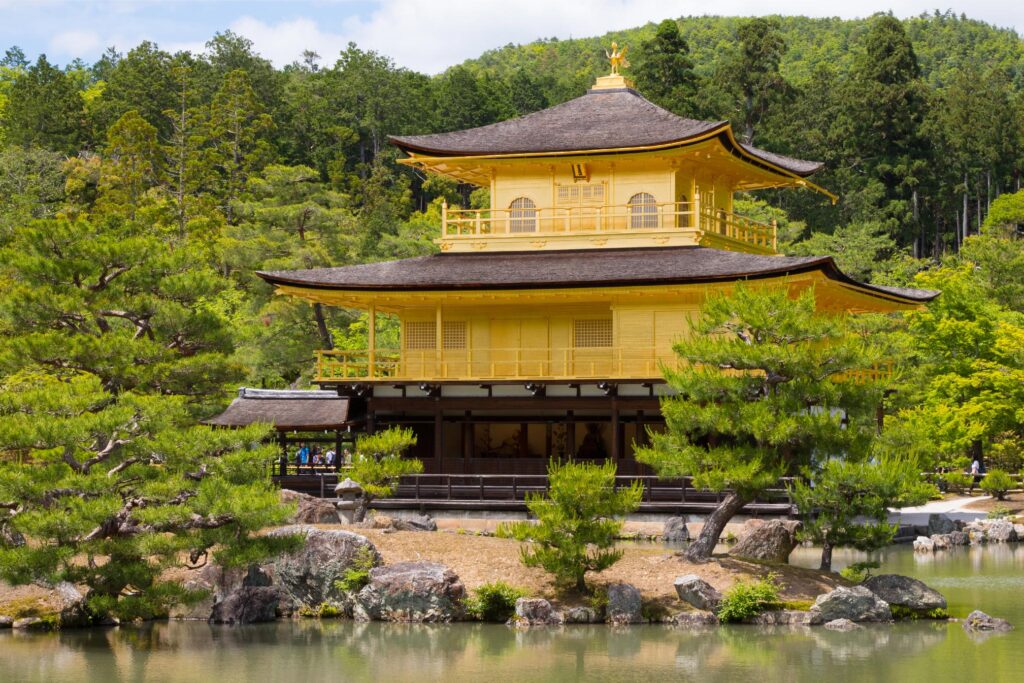
It is said that Ashikaga Yoshimitsu, the third General of the Muromachi Shogunate, took over the villa of Saionji Kinntsune, a lord of the Kamakura period, and built Kitayama-den, a mountain villa. It is estimated that the present Kinkakuji Shariden was completed in 1399.
For hundreds of years, the temple has been the object of devotion of the people, mainly Buddhists, and in the modern era, when its religious significance has diminished, it has become an obvious tourist attraction.
Although the Kinkakuji Temple has such a super-elite history, it actually burned down once. And it was not a natural disaster, a movement to abolish Buddhism, or a war, but arson committed by a single monk.
Burnt Kinkakuji Temple
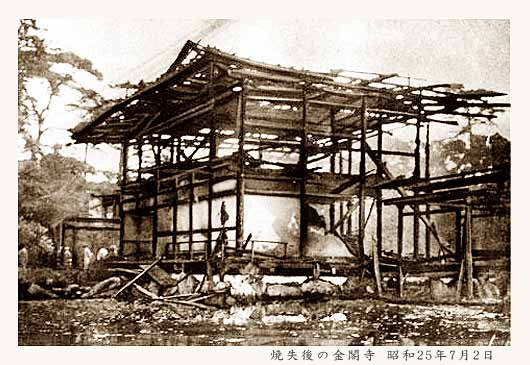
In the early morning of July 2, 1950, Hayashi Youken, a monk serving at Kinkakuji Temple, set fire to the Shariden. Fortunately, there were no casualties, but the fire destroyed the 1,860-square-meter National Treasure Shariden (Kinkakuji Temple) and six cultural properties, including a wooden statue of Ashikaga Yoshimitsu, the third Muromachi General who founded the temple (then a National Treasure), a statue of Kannon Bosatsu, an Amida Nyorai, and Buddhist sutra scrolls.
Hayashi was arrested on suspicion of arson after he was found huddled in the mountains behind the temple on Mount Left Daimonji in the evening after drinking the drug calmotin and committing seppuku. (He was arrested on suspicion of arson (he later served six years in prison before dying of illness in prison).
At the time, this news was so sensational that it dominated newspaper headlines. People denounced Hayashi’s incomprehensible behavior as what we now call “psychopathy,” and when it was discovered that he was a schizophrenic, they again made a fuss, this time from the perspective that “people who act abnormally are also mentally abnormal.
However, there was a writer who tried to decipher the whole story of “the burning down of the Golden Pavilion by Buddhist priests” not from the perspective of their “actions” but from the perspective of their awareness of “beauty.
Yes, it was none other than Yukio Mishima.
The Human Being Yukio Mishima
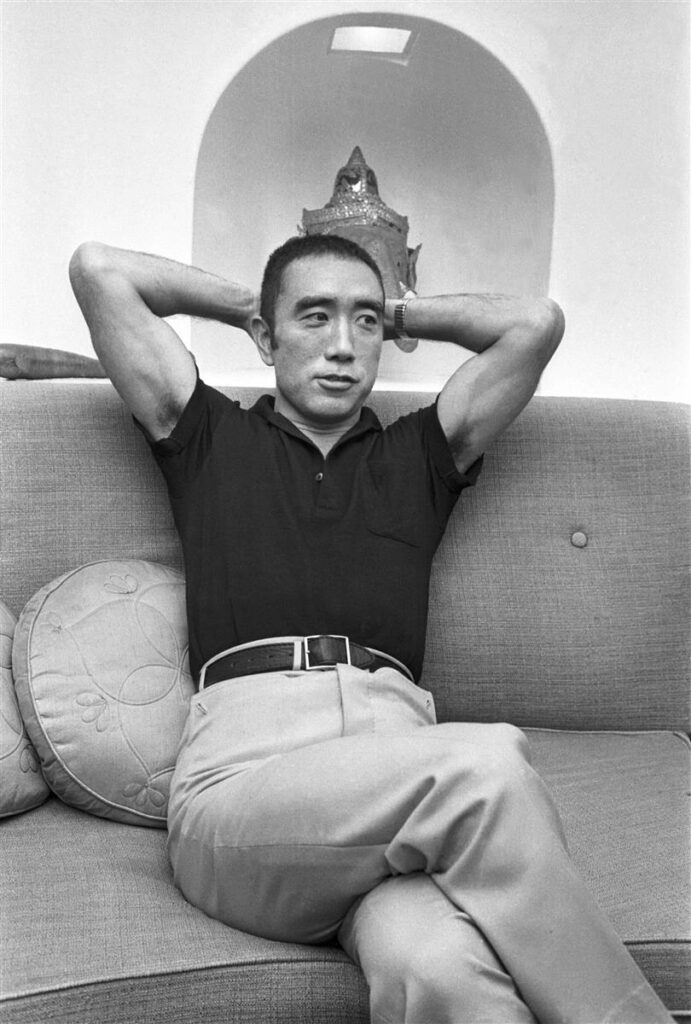
Born in Nakano Ward, Tokyo in 1925. Due to his sickly constitution, he was rarely allowed out of the house during his childhood. He was madly in love with his grandmother (he was separated from his mother upstairs and placed under house arrest on the ground floor with his grandmother for more than 10 years, and also suffered from auto-addiction due to this) and was given an overprotective education that included Kabuki and other aristocratic hobbies. In later years, they became Mishima’s flesh and blood as a playwright. At the same time, however, his frail constitution became ingrained in him as a strong complex. At the same time, they came to revere a healthy body as “beauty”.
This conflict blossomed into literature. Confessions of a Mask,” in which he candidly describes his life to date, became his masterpiece. (He was only 24 years old at the time.)
He went on to produce a string of bestsellers, ranging from social commentary to essays and everything in between. In his personal life, there was no shortage of topics such as his movie debut, bodybuilding, and founding the military. His tumultuous life came to a dramatic end on November 25, 1970, when he committed seppuku (ritual suicide) in a terrorist attack at a Self-Defense Forces post.
He was a writer and a human being who pursued “what beauty is” throughout his life. The beauty he inherited from his grandmother as a stylistic beauty was fully incorporated into his novels and plays, and this attitude extended to his own body as well.
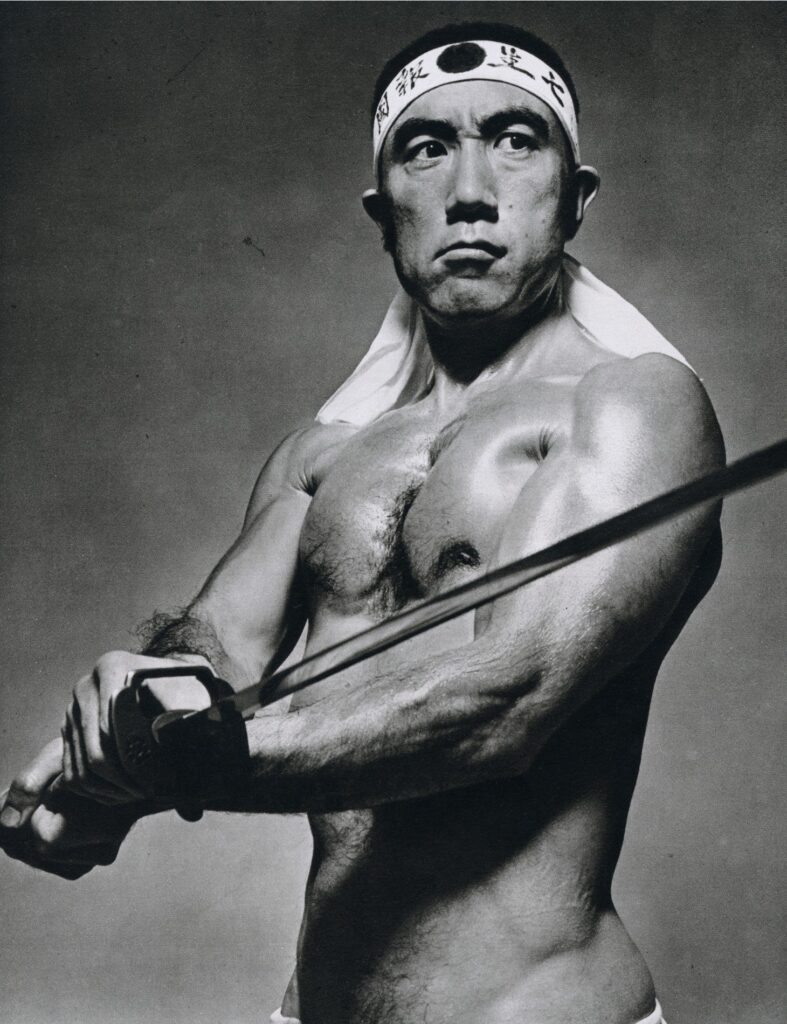
He wished to be “beautiful” himself by remodeling his muscles as if to give back the complex of his frail constitution. From his point of view, beauty is ephemeral, and the opposite of beauty is aging. There is nothing uglier than an aging body, the crystallization of the passage of time, and as if in fear of becoming so, he began bodybuilding in search of a momentary body. Like the statue of David, he tried to contain his body at its most beautiful moment. In the midst of this physical transformation, Mishima (30 years old at the time) published the international bestseller “The Temple of the Golden Pavilion.
Novel “The Temple of the Golden Pavilion
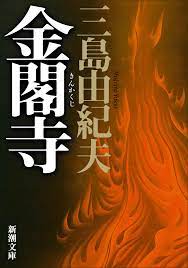
The novel was serialized in the January through October issues of the literary magazine “Shincho” in 1956. It is considered one of the masterpieces representing modern Japanese literature and is highly acclaimed even abroad.
The story is about a monk named Mizoguchi who stutters.
From his childhood, his father told him about the beauty of the Golden Pavilion, and he created the Golden Pavilion in his mind. As a symbol of “beauty,” he came to believe in it in his childhood. However, when he comes face to face with the real Kinkakuji, he is astonished at its ugliness. On the other hand, his mental image of the Golden Pavilion grows larger and larger. Even when he engages in sexual intercourse with a woman, the Golden Pavilion appears in his brain and he becomes incapacitated.
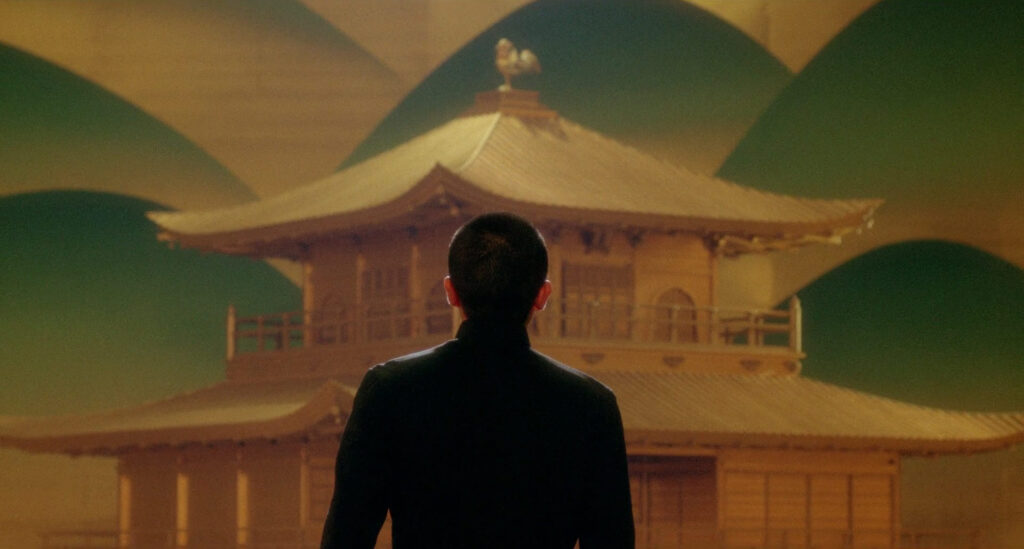
This is no way to live in the real world. He begins to feel hatred toward the Golden Temple, which has become the authority of “beauty. The original culprit is the Golden Pavilion “in spirit,” but it is only “deeds” that create our perception of this world. Therefore, the protagonist chooses the “act” of “burning down the Golden Pavilion” – the.
Published by Shinchosha on October 30 of the same year, it became a bestseller with 150,000 copies sold. It was selected as one of the best novels of 1956 in a Yomiuri Shimbun survey and won the 8th (1956) Yomiuri Literature Award (novel category). The paperback edition was published by Shincho-Bunko, and as of November 2020, it is also a long-selling novel with cumulative sales of 3,618,000 copies.
“I burned the Golden Pavilion out of jealous thoughts of beauty because it was hard to see when you look at my deeds, but it is difficult to express my true feelings.”
This was Hayashi’s statement to the police about his motive for the incident after his arrest, and presumably Mishima was aware of the existence of this statement.
In other words, Mishima probably felt sympathy for Hayashi’s awareness of “beauty” rather than “action” and wrote that novel. Mishima, or rather Kimitake Hiraoka, was so skinny as a child that he was nicknamed “Aoibyotan,”( term used to mock a thin, pale person) and he also had a homosexual side. In other words, he, like Hayashi, must have understood the longing for and jealousy of “beauty” as someone with a complex of “I am not beautiful” more than anyone else.
Conclusion
I have mentioned about two people, Hiraoka Kimiwei and Hayashi Youken, and the concept of “beauty”, built in between them.
What a surprise, such a Golden Pavilion was not such a gilded building before it was destroyed by fire.
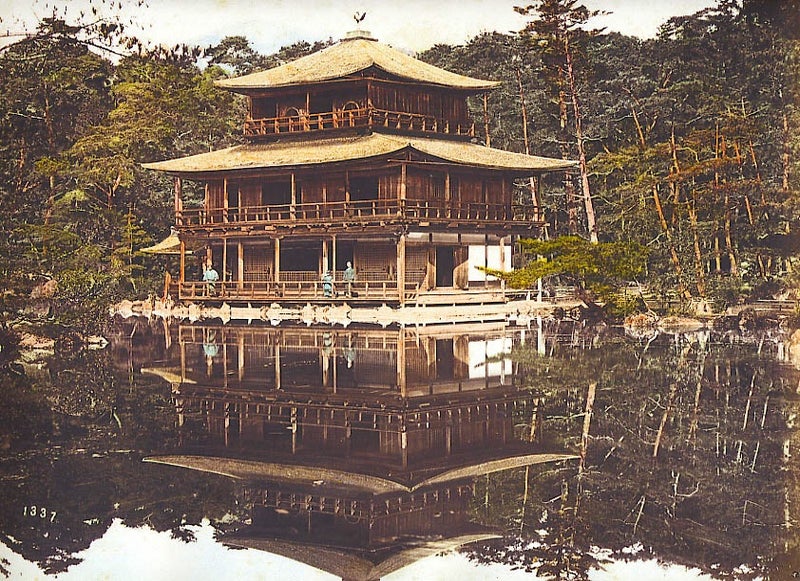
(It looks like a very plain temple. Hayashi was jealous of this…)
Today, far from being ephemeral, the well-maintained and inspected Nisei Kinkakuji Temple is once again being shuttered by tourists. I wonder how the two who lived their lives for “beauty” view this scene from the afterlife.
【出典】
◆Tripadvisor
◆Kinkakuji HP

◆Rokuonji Wikipedia

◆Castle Model Making Workshop Blog

◆Movie「Mishima-a-Life-in-Four-Chapters」Photo
◆Shinshu Reading Group Miyazawa


